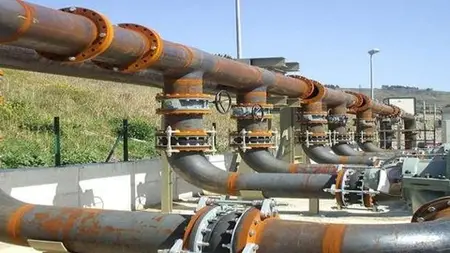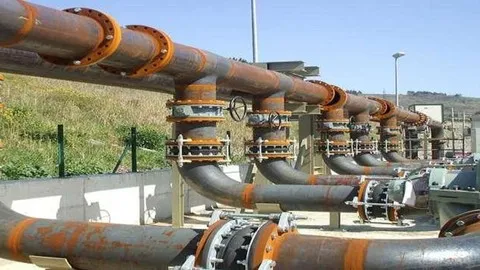Fundamentals Of Piping Expansion Joints/Expansion Bellows
Published 2/2025
MP4 | Video: h264, 1920x1080 | Audio: AAC, 44.1 KHz
Language: English | Size: 924.59 MB | Duration: 1h 59m
Published 2/2025
MP4 | Video: h264, 1920x1080 | Audio: AAC, 44.1 KHz
Language: English | Size: 924.59 MB | Duration: 1h 59m
Piping Expansion Joints/Expansion Bellows
What you'll learn
Reasons for Expansion Bellow Joints in Piping Systems
When to go for Piping Expansion Joints?
Parts of Expansion Joints
Factors for Piping Expansion Joint Design
Pressure Thrust in Piping Expansion Bellows
Proper supporting for installing piping expansion joints
Stress Analysis and Expansion Joints
Expansion Joint Design Considerations
Requirements
No Experience Required
Description
Piping expansion joints, also known as expansion bellows, play a crucial role in modern piping systems. These components are designed to absorb movements, reduce stress, and enhance the longevity of piping networks. Whether used in industrial plants, HVAC systems, oil and gas industries, or power generation facilities, expansion joints ensure that pipes can handle thermal expansion, pressure fluctuations, and mechanical vibrations effectively.What Are Piping Expansion Joints?Piping expansion joints are flexible connectors installed in piping systems to compensate for thermal expansion, contraction, and movement due to external forces. They are typically constructed using materials such as metal, rubber, or fabric, depending on the application and operating conditions.Functions and Importance of Expansion JointsAbsorbing Thermal Expansion and Contraction: Pipes expand and contract due to temperature variations, and expansion joints accommodate this movement, preventing damage and stress buildup.Reducing Vibrations and Noise: Industrial machinery such as pumps and compressors generate vibrations that can damage pipes. Expansion joints act as dampers, reducing these effects.Compensating for Misalignment: During installation, slight misalignments can occur in piping systems. Expansion joints help in adjusting these misalignments, ensuring a secure connection.Enhancing System Longevity: By absorbing stress and movement, expansion joints minimize wear and tear, leading to a longer lifespan for the piping system.Applications of Expansion Joints:Power Plants – Managing thermal expansion in steam and gas pipelines.Oil and Gas Industry – Handling high-pressure and temperature fluctuations.HVAC Systems – Reducing vibration and noise in heating and cooling ducts.Water Treatment Plants – Allowing movement in large pipeline networks.Aerospace and Marine – Ensuring flexibility in fuel and exhaust systems.Piping expansion joints are vital in maintaining the integrity and efficiency of piping systems across various industries. By selecting the right type of expansion joint based on operational conditions, engineers can prevent structural damage, enhance performance, and extend the lifespan of pipelines. Whether dealing with high temperatures, vibrations, or pressure changes, expansion joints serve as the ultimate solution for a reliable and long-lasting piping system.This online course will help participants learn about the fundamentals of expansion joints.
Overview
Section 1: Introduction
Lecture 1 Introduction
Lecture 2 Fundamentals of Expansion Joint
Lecture 3 Types of Expansion Joints
Lecture 4 Application Guidelines for Expansion Joints
Lecture 5 Piping Expansion Joint Modeling in Caesar II
Lecture 6 Expansion Joint Design Considerations
Piping Engineers,Pipe Stress Engineers,Piping Professionals



